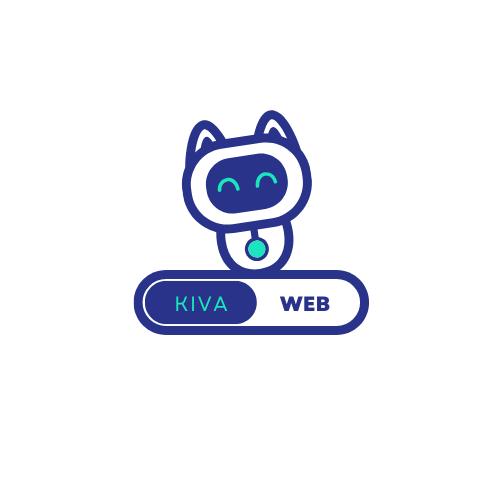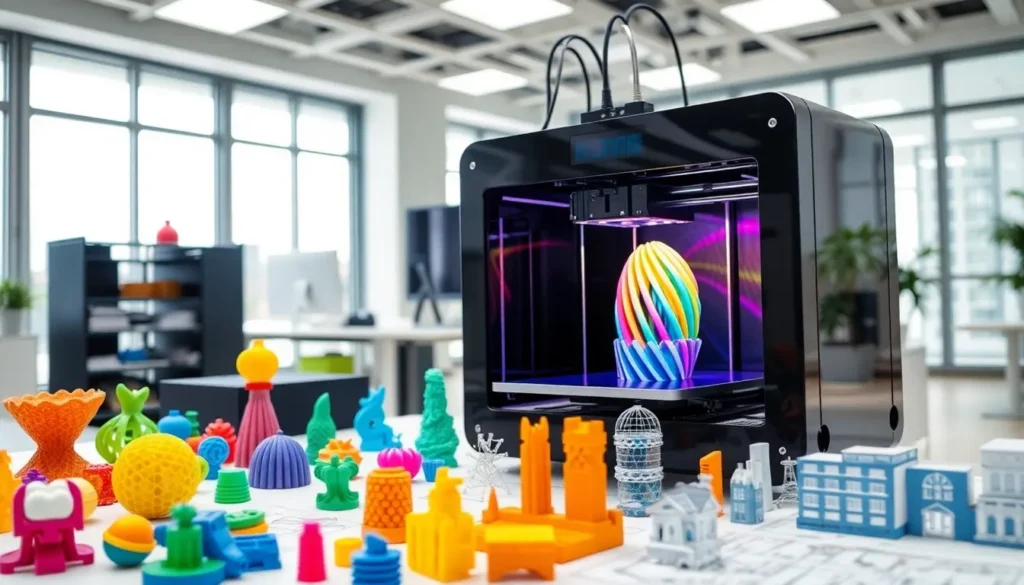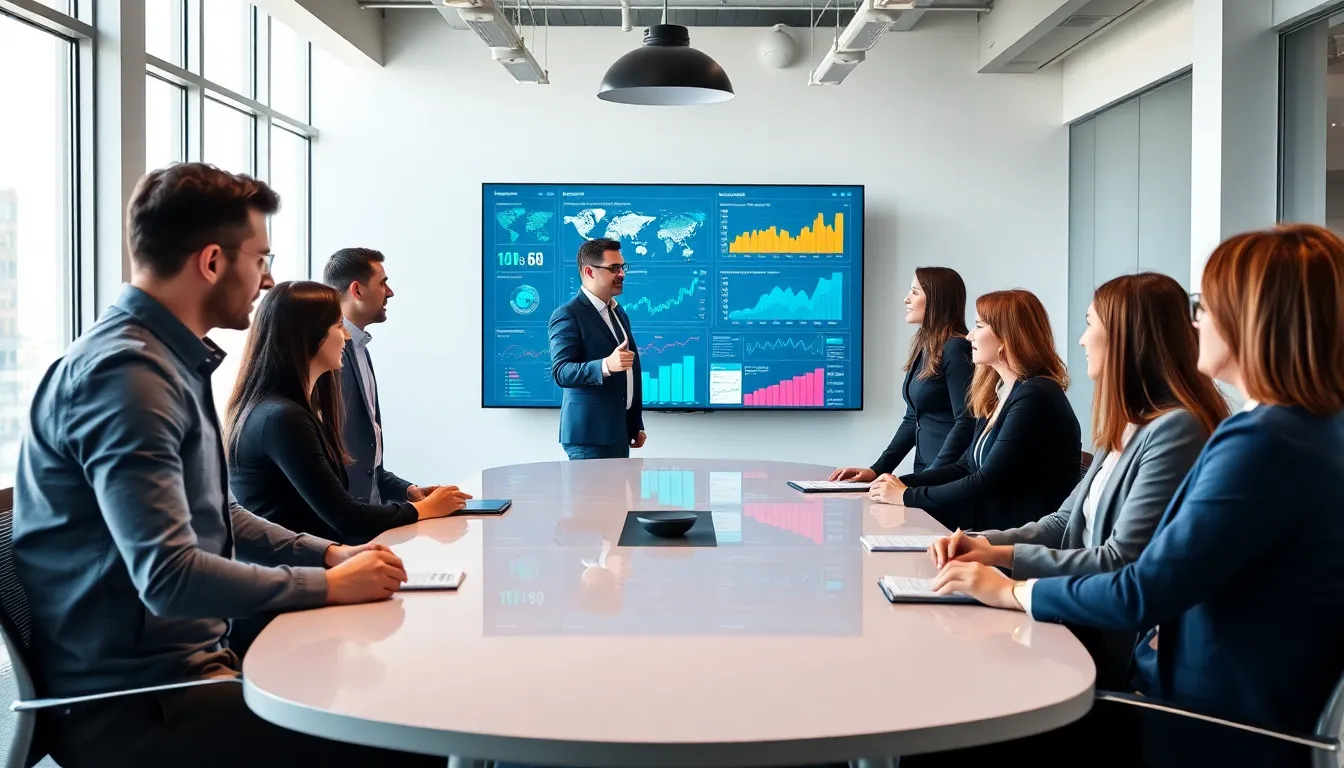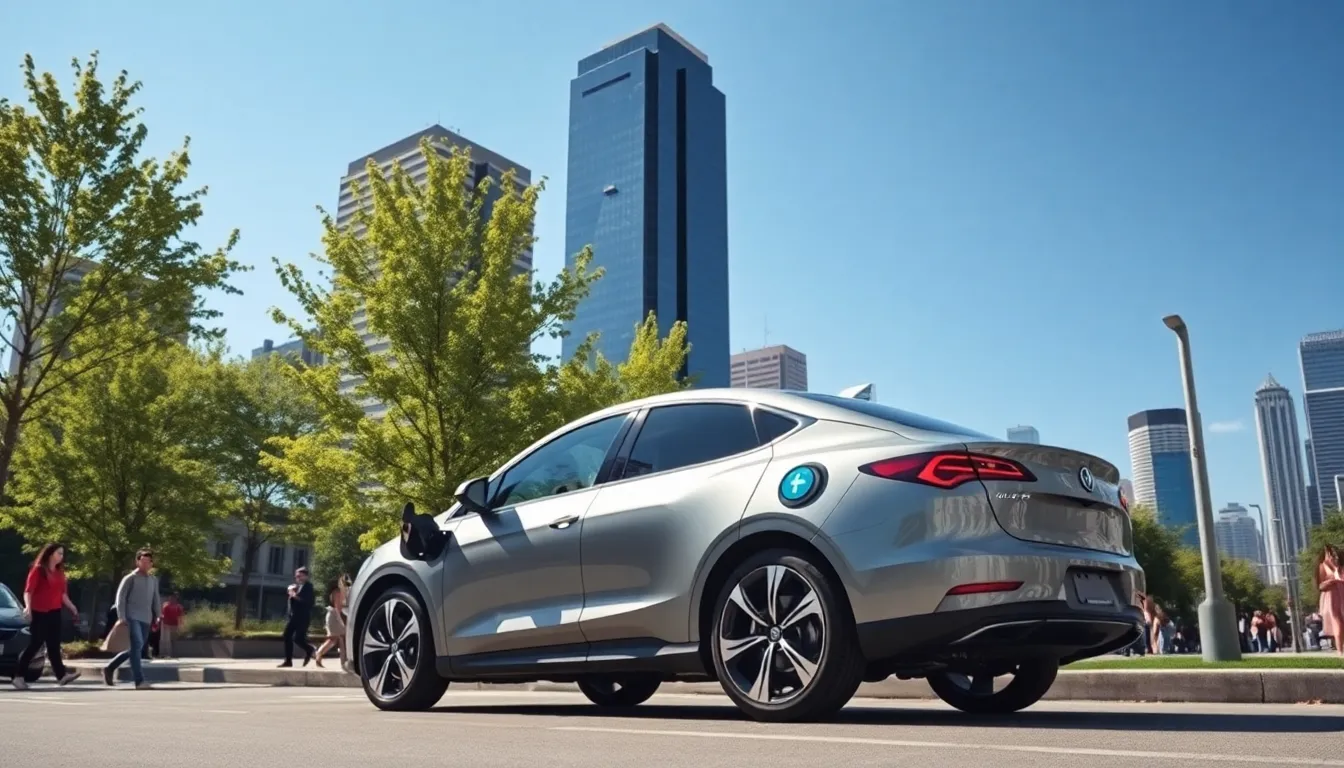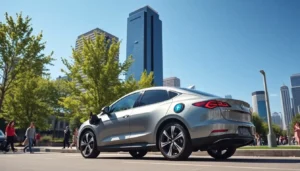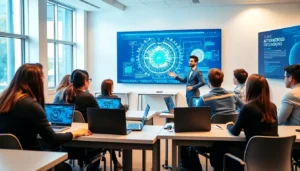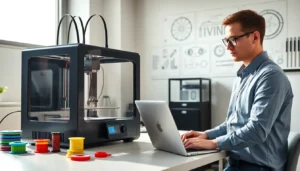Imagine a world where your wildest design dreams can come to life in vibrant hues and intricate details, all thanks to a fascinating technology called multicolor 3D printing. If you’ve ever thought that 3D printing was just the geeky brother of regular printing, think again. This revolutionary process is not just about spitting out gray plastic blobs: it’s about creating masterpieces with colors that pop and styles that dazzle. Get ready to explore how this vibrant method is changing the landscape of manufacturing, art, and design.
Table of Contents
ToggleUnderstanding Multicolor 3D Printing
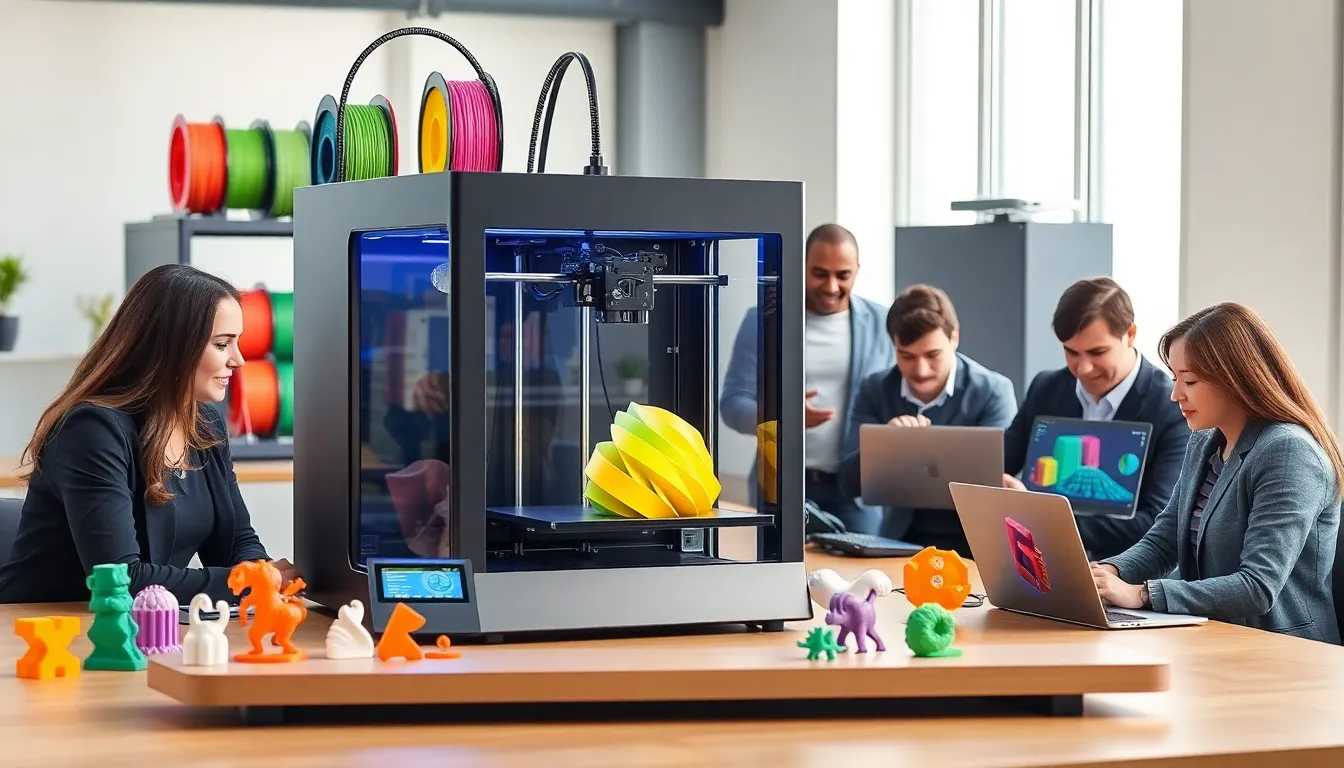
Multicolor 3D printing is creating three-dimensional structures that incorporate multiple colors and materials into a single print. This process goes beyond traditional single-color printing, opening a spectrum of possibilities. By utilizing a combination of various technologies, manufacturers can produce designs that are not just functional but visually striking.
Technology Behind Multicolor 3D Printing
The technology behind multicolor 3D printing can be quite fascinating. Techniques such as Fused Deposition Modeling (FDM) or PolyJet printing allow printers to lay down multiple filaments of different colors simultaneously. In FDM, colored filaments are melted and extruded to build layers, while PolyJet technology uses inkjet printing heads to deposit droplets of photopolymer, which are then cured with ultraviolet light. This interplay between layers generates spectacular color gradients and intricate designs.
Also, the use of computer software plays a critical role. Advanced 3D modeling programs allow designers to visualize their ideas in vivid colors before the printing begins, ensuring that the final product aligns perfectly with their vision.
Benefits of Multicolor 3D Printing
The benefits of multicolor 3D printing are abundant, making it an attractive option for a variety of industries. First and foremost, the ability to print in multiple colors saves time and reduces the need for post-processing, where additional painting or assembly would usually be necessary.
Also, this technology significantly enhances customization options. Whether it’s creating unique promotional items or personalized gifts, businesses can meet client-specific requirements like never before.
Another notable advantage lies in its capability to produce functional items that are not only practical but also aesthetically pleasing. Consumers today appreciate products that deliver both utility and style. Finally, multicolor 3D printing often results in waste reduction since it allows manufacturers to build only what they need, so supporting more sustainable practices.
Applications of Multicolor 3D Printing
The applications of multicolor 3D printing are incredibly widespread, ranging from consumer products to industrial solutions. In the realm of consumer goods, companies produce everything from colorful toys to eye-catching household items.
In the healthcare sector, multicolor 3D printing is revolutionizing the creation of prosthetics and dental applications. Customized implants and dental models are being crafted in various hues, enhancing both functionality and patient aesthetics.
Besides, architecture and aerospace have begun to embrace the technology as well, designing complex visual models that help clients better understand projects before they come to fruition. This rich palette of applications clearly demonstrates how multicolor 3D printing is reshaping various fields.
Challenges in Multicolor 3D Printing
Even though its many advantages, multicolor 3D printing is not without challenges. One primary concern is the compatibility of different materials, which can lead to print failures if not properly managed. Every filament has unique properties, and ensuring that they work well together is essential for a successful print.
Another hurdle involves the complexity of software required. Users need to be well-versed in 3D modeling and printing software, which can be a steep learning curve for beginners. Also, achieving the desired resolution and detail can make multicolor prints more challenging than traditional methods.
Finally, costs can also be a deterrent. While the prices are decreasing with advances in technology, the initial investment in multicolor printers and high-quality materials can be significant, especially for small businesses or individual users.
Future Trends in Multicolor 3D Printing
As technology continues to evolve, the future of multicolor 3D printing looks remarkably promising. Innovations such as improved printing speeds and new materials are expected to emerge, pushing the boundaries of what’s possible. Researchers are exploring the use of new polymers that could enhance the durability and versatility of 3D printed objects.
Also, integration with artificial intelligence may lead to more intuitive design processes, allowing non-experts to leverage the technology with ease. Imagine a world where anyone can create a stunning multicolor model without needing an engineering degree.
The trend towards sustainability is also shaping the future of this technology, as manufacturers seek eco-friendly materials to replace conventional plastics. This shift will resonate with consumers increasingly concerned about climate change and environmental impact.
